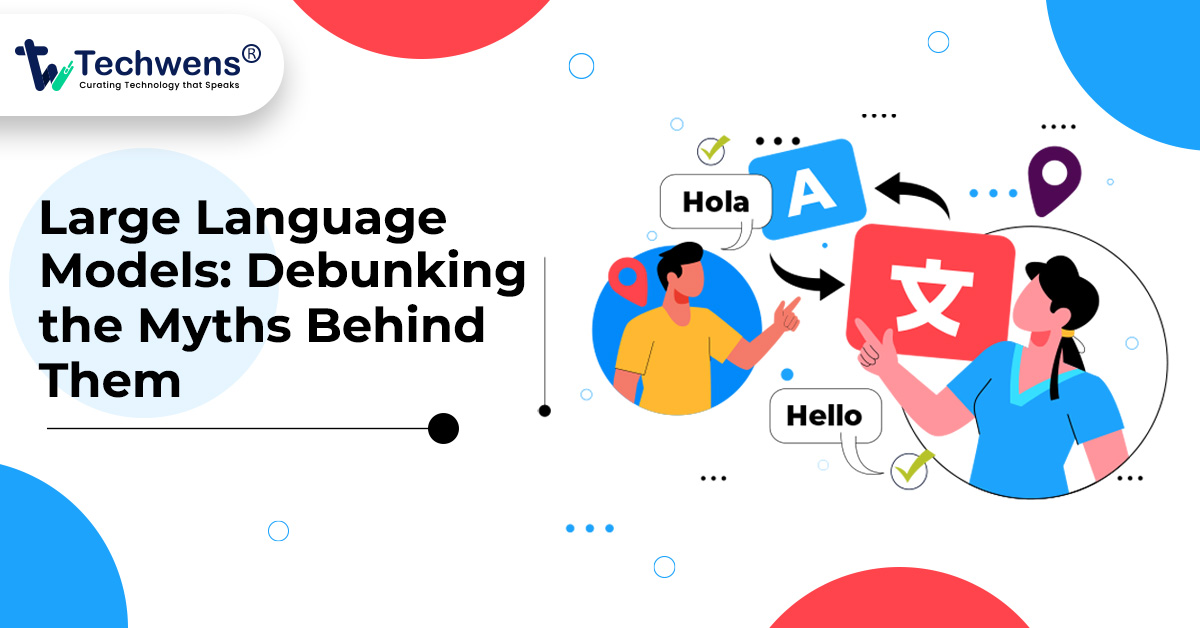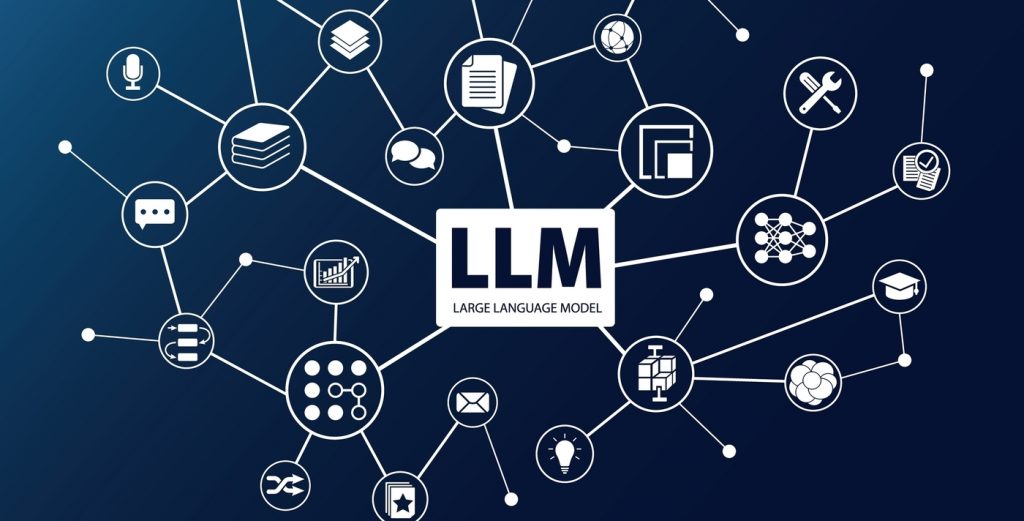Pricilla Gomes
January 19, 2024

Today’s market consists of large language models that are continuously expanding at a rapid pace. Along with this, there are various myths surrounding these models.
With the emergence of dominant Open AI’s like Chat GPT and Bard, more and more people are eager to explore the intricating world of language models.
The main question remains: what is the true potential of such large language models? This blog exists to debunk several myths surrounding this topic. Let’s head on to read what is ahead regarding the same.
Table of Contents
Large Language Models: Going Deeper into the Myths

Just like misconceptions are a part of our everyday lives, they are also part of AI-associated models. So, here’s what you need to know regarding large language models.
LLMs Can Become Emotional
One of the most common misconceptions about large language models is that they can think and act independently. Contrary to this, language models can predict or summarize texts with the help of inferences from a dataset.
However, they can never process the natural language that humans understand. Such models grab the information learned from the training data and determine how to respond accordingly. This completely means they can never understand emotions, sarcasm, or other things.
Lack of Common Sense
Large language models are well associated with complex conversations rather than something simple. They can provide logical answers at some point, yet they need a thorough understanding of the world and might produce illogical results.
In addition to this, LLMs lack real-world knowledge features and can misinterpret responses. Therefore, we cannot entirely rely on such models to complete our search needs. It is also essential to double-check the facts right away.
Creation of Original Content
Large Language Models cannot curate original content. Rather, they gather data from written or visual content that they have learned from the training set. Hence, they use this data set to produce your chosen content.
Moreover, there will be an absence of innovation and originality. Besides, there is a saying that AIs are trained on copyright images scraped directly from the World Wide Web. Therefore, the myth that it creates original content is finally busted.
More Easy to Deploy
Deployment and usage of these language models don’t seem easy, as certain complexities exist. Training and running these models require extensive hardware and a huge memory capacity.
Thus, organizations and individuals must meet these requirements to get started with Large Language Models. Also, LLMs can easily inherit biased data during training, which can lead to false output.
It Will Fix Every Issue
The thought of large language models fixing all problems in one go is completely vague. Even though they have shown some interesting capabilities, there are many limitations.
Furthermore, these models can approach complex tasks through pattern recognition and statistics interference. But we must always understand that real-world knowledge is absent. They can never think independently or possess critical thinking abilities.
Conclusion
Finally, we have reached the end of this blog. So, these were the myths regarding large language models, which made the AI revolution questionable.
However, with the coming of age, if we avoid these misconceptions, we can see that most organizations depend on AI to get their job done easily.
Furthermore, believe it or not, AI is the future and will continue to dominate the market in the long run.
Always remain abreast of the competition by choosing to stay updated with us through our blog resource.